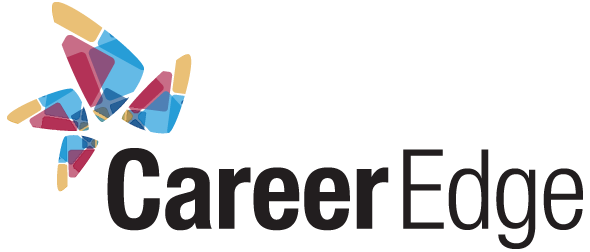“Hiring people is by far the most important thing companies do. When organizations hire the ‘wrong’ people, no amount of HR or management can fix the problem,” wrote Josh Bersin, founder and Principal at Bersin by Deloitte, in the HR Technology Disruptions for 2018 report.
In a candidate-driven era, as power continues to shift from employers and hiring personnel to employees and job seekers, the transformation in control will alter many intricacies in the complex world of recruitment.
Technology has supplied more sources for recruiters and hiring personnel to attract, secure, and retain talent, but now more employers are using analytics to measure the success of these sources. More organizations will determine applicable internal metrics, retrieve hiring data, and analyze this information. Technology will allow hiring personnel to forecast supply and demand with greater precision, and determine which recruitment sources, old and new, are the most cost-effective.
Most organizations and recruitment firms use applicant tracking systems and algorithms to screen candidates. These automated systems implement objective metrics to identify qualified talent and disqualify unqualified talent. Many companies without applicant tracking systems will install artificial intelligence to optimize and accelerate their recruitment process.
Innovative companies recognize the assortment of benefits that come with ‘doing the right thing.’ More organizations will follow suit to keep up with industry competitors, as more hiring managers are instructed to transition their staff to reflect the current labour force.
With so many skills losing demand and relevance, and the number of people frequently switching jobs growing, recruiters want candidates who will not only remain at their new job, but also remain relevant. More employers need versatile and loyal candidates willing to adapt to the changing employment landscape by learning new skills on the job. More organizations will establish their presence very early by implementing on-campus recruitment initiatives and hiring students or recent graduates through paid internships and co-ops.
As the digital space expands and communication channels are trimmed, information sharing will grow. More candidates and employees will quickly learn which employers are employee-friendly and which employers are ‘employee-not-so-friendly.’ More candidates share their likes and dislikes of their application experiences, and more employees share their compensation online through networking websites like LinkedIn and Glassdoor. As leading employers increase transparency, human resource departments will need to work with marketing teams. More employers will address negative online reviews and advertise their overhauled compensation packages to tailor to the increasingly relevant demographic of ‘late millennials.’ Marketing teams will also need to optimize their mobile user experience accordingly.
The best candidates may not be unemployed – they may be employed with a foot out the door. More employers will recruit employed candidates because hiring managers can take more time to assess the fit as passive candidates aren’t interviewing at many other places. Recruiting employed candidates assumes the greater risk of wasting time and resources to uninterested candidates willing to remain at their current position. LinkedIn allows user accounts to activate their status as passive candidates, receiving an option to write a confidential message to recruiter accounts.
Previously perceived as unnecessary, innovative employers have converted social networking websites from dangerous mediums to marketing assets – and are now using social media platforms as a recruitment source. Recruiters visit social media profiles to assess the professionalism of applicants and interviewees, but more recruiters are scouring networking groups and searching hashtags for influencers and top talent.
Widely debated by industry experts, video screenings showcase traits and communication skills related to positions. Recruitment processes are long, and more employers need to save time.
As competition for top talent intensifies, innovative companies will separate themselves from the archaic and outdated. Understanding the labour force of 2018 will distinguish the successful human resource departments from the unsuccessful. By learning who is searching for jobs, what jobs they desire, when and where they’re looking for these jobs, and why, will supply your hiring personnel with top talent.
And top talent (or lack thereof) lingers in these human resources teams as well. How does an employer identity, attract, and retain the best if the people designing and implementing these processes aren’t the best?
Bersin wrote, “…our research shows that the most important issue of all is not the recruiting process itself but rather the relationship between the recruiter and the hiring manager. He recalled advice from a senior head of talent acquisition, ‘Of all the factors I’ve studied in the success of hiring great people, by far the number one driver is having the right recruiter. Recruiters who really know our jobs, our culture, and our hiring managers can find and bring in the best people.’”

